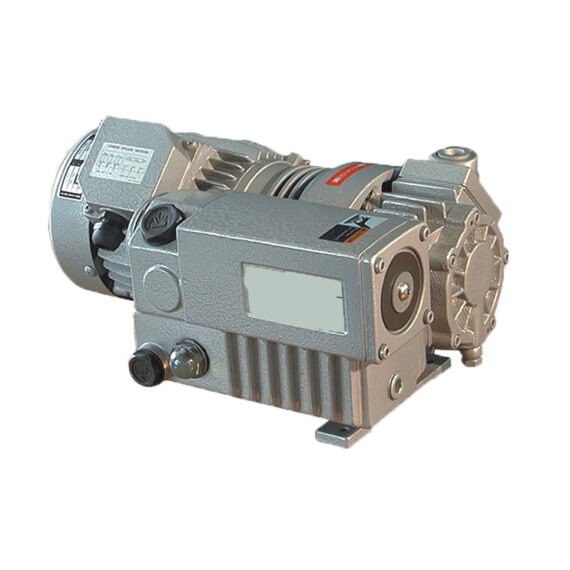
Adsorption
The physical phenomenon through which a solid holds gaseous or fluid molecules by way of intermolecular bonds.
VPSA is a technique in which gaseous mixtures are separated into their constituent elements, similar to distillation’s isolative effect on the individual components of a liquid mixture that it extracts.
Adsorption is the physical phenomenon in which a solid holds gaseous or liquid molecules by way of intermolecular bonds such as hydrogen bonds and Van der Waals interactions. This particular phenomenon is beneficial for extracting individual components of mixtures for applications such as non-degradable substance removal from groundwater sources, proper filtration and operation of gas masks, and removal of compounds that produce undesirable colors or texture in juices and oils. The phenomenon can be artificially induced by way of various tactics, one of these being vacuum pressure swing adsorption.
VPSA entails compressed waste air being shot through various absorber tanks. These tanks are loaded with molecular sieves constructed of sorbents such as zeolite, a mineral that has many pores that are sized depending on the molecule desired as the subject of adsorption. Zeolite is often used for nitrogen oxide monitoring and adsorption of volatile compounds such as butadiene. The molecules of the sieve adhere to the molecules of the desired element or compound. The intermolecular interactions between the sorbent and adsorbed molecule are strongest within the pores themselves, where the greatest amount of surface area can interact.
The compressed air is taken in as feedstock through the adsorbent layers, beds, or tanks. The desired molecule adsorbs while the rest of the waste air passes through. The feed gas is compressed, typically through a blower, to increase its pressure so that it may accelerate once the cross-sectional area of its travel path increases from the pipes to the tanks. The velocity of the feed gas increases and it passes through the molecular sieves, getting stripped of the desired molecule. The rest of the gas is then drawn out of the tank via vacuum pump.
View our Products
NRV Series
An oil-sealed rotary vane vacuum pump is often used for vacuum pressure swing adsorption applications because it is inexpensive, efficient, and long-lasting. The rotary vane is cheaper in both installation and operation over time compared to dry screw, liquid ring, and dry claw vacuum pumps. This is due to its compact size and simple design with one moving part. This translates to easier installation, simpler maintenance, and faster repairs. The circular design of the rotary vane allows for continuous suction with minimal disturbances in the mass transfer rate. The oil seal acts as a lubricant between the vane-to-chamber contact, a seal between the vane and chamber, and a barrier between mildly oxidative or corrosive process gasses and the metal in the pump. These accessories, such as gas ballast kits and inlet filtration kits, make for smoother rotary vane operation for a longer service life. Accessory kits are entirely optional, meaning that you can pick and choose some, all, or none depending on your industry process.
NSP Series
In batch processes that require deeper vacuum, a dry screw vacuum pump is most suitable for adsorption application. This vacuum pump technology is reliable and draws far deeper vacuum than is possible from a rotary vane vacuum pump. With select metallurgy or coating, it boasts far superior chemical resistance, and with proper maintenance and care, it is capable of long-lasting, dependable service. We also offer accessories such as gas ballast kits, inlet purge kits, nitrogen purge kits, repair kits, and more upon request. These will aid in your maintenance, operation, and repair to further extend the service life of the pump according to each application. If you are unsure, we are more than happy to gather details on your specific application and provide recommendations on the accessories that you require.


